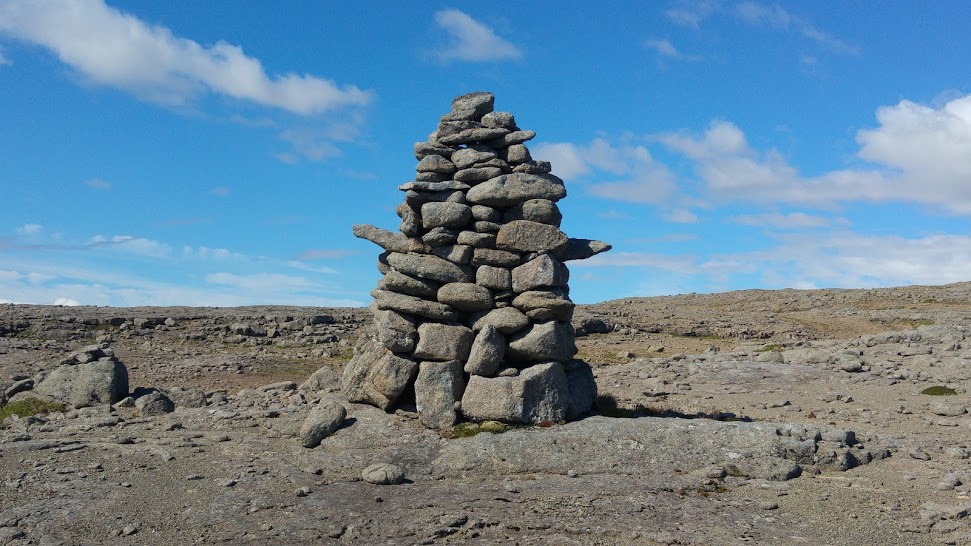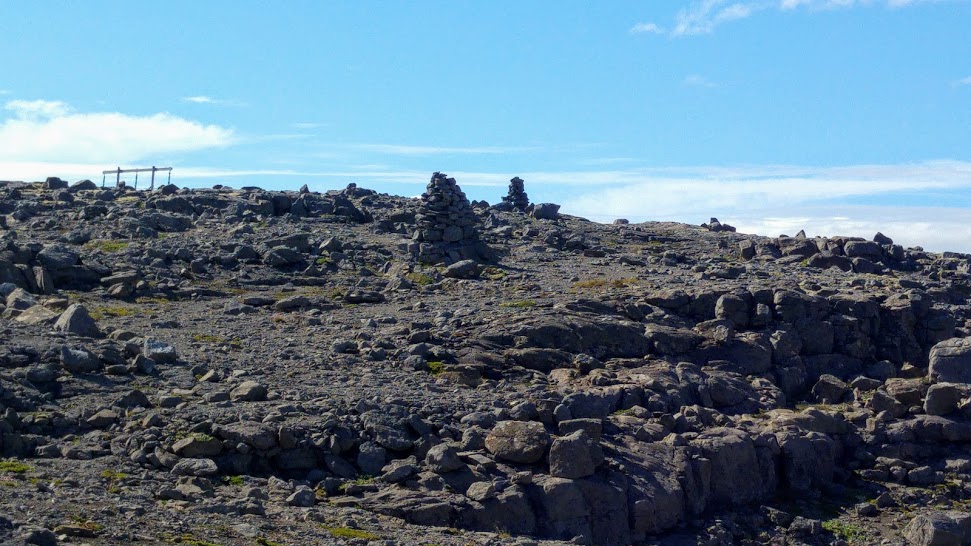Vinna við nýjar heimasíður Umhverfis- og orkustofnunar og Náttúruverndarstofnunar er í gangi. Heimasíða Umhverfisstofnunar er virk á meðan vinnunni stendur. Information in English
Þingmannaheiði

Þingmannaheiði heath was the setting of an old public route or thoroughfare that leads between Vatnsfjörður fjord and Vattarfjörður fjord (the third fjord over to the east). The name of the heath (Þingmaður =member of parliament/heiði=heath) is derived from the fact that this route was used by members of regional and national assemblies and others who needed to be present at these assemblies for various reasons. Oral history has preserved quite a few stories of people‘s hardships travelling by foot or horse through these parts. Eventually, the row of cairns on the heath marked the path and guided travellers in poor visibility.
The road, accessible only for cars that are very well equipped, was cleared in 1951 but fell into disuse in 1974 when the main road along the coasts of the fjords was taken into use. Road maintenance on Þingmannaheiði heath is minimal at best so visitors that are not used to driving in poor conditions and/or do not have well equipped cars are strongly advised from driving the heath.
